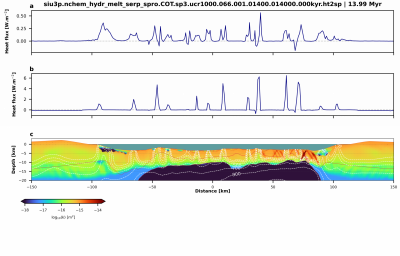Die Inhalte dieser Seite sind leider nicht auf Deutsch verfügbar.
Seitenpfad:
- Cluster Ozeanboden
- Enabler MODELING
- Meldungen
- Rift2ridge2D: a ThermoHydroMechanical model



